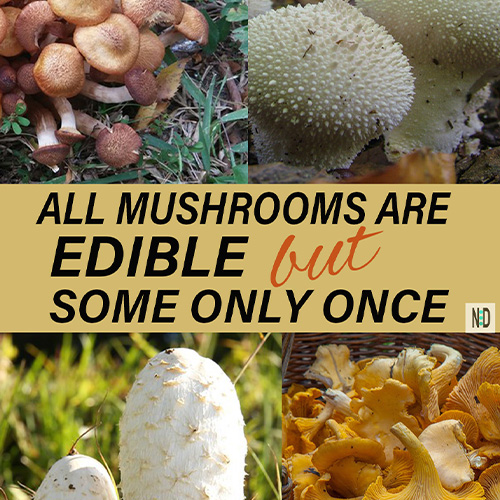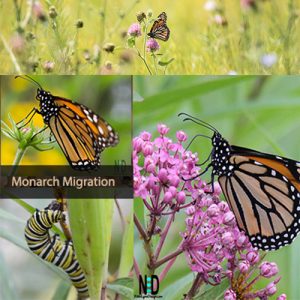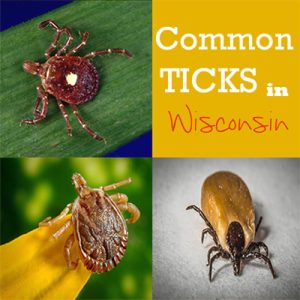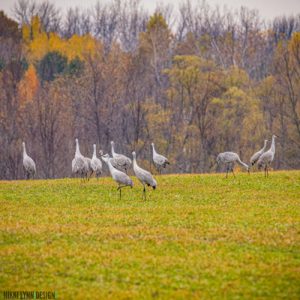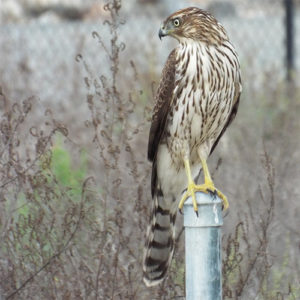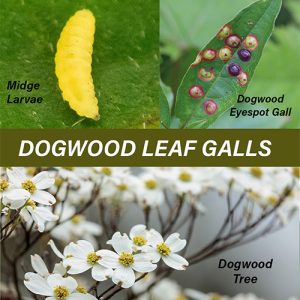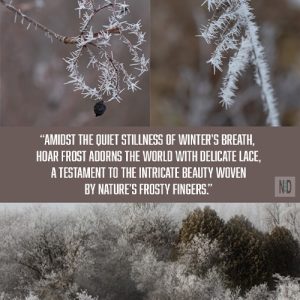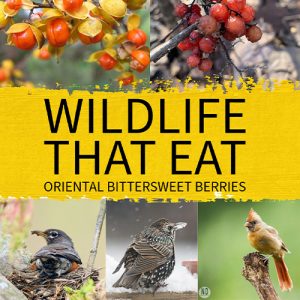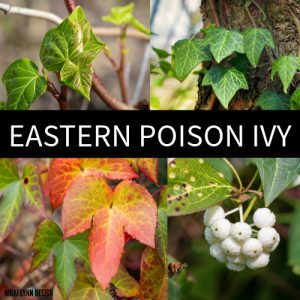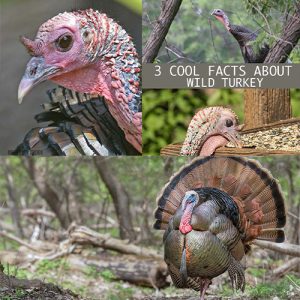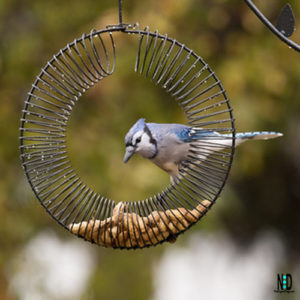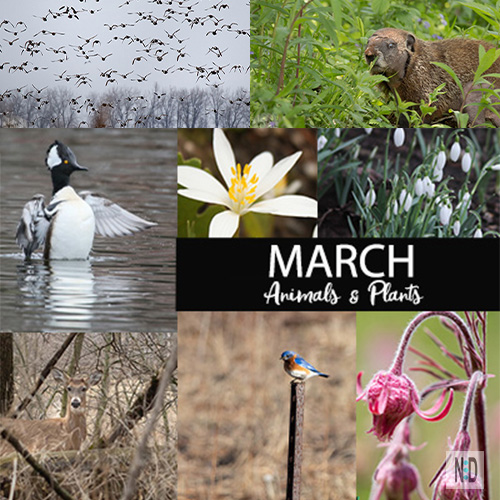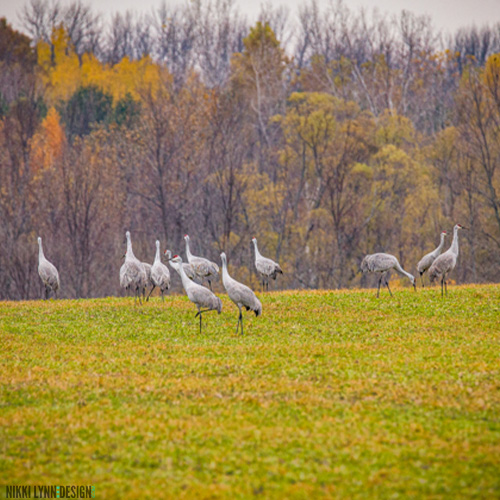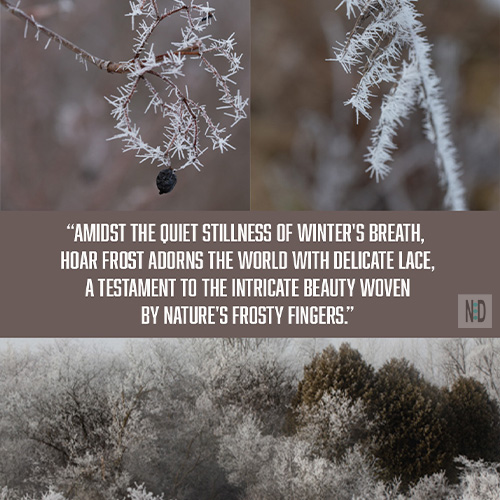All Mushrooms Are Edible
All mushrooms are edible, but some only once. That was today’s lesson.
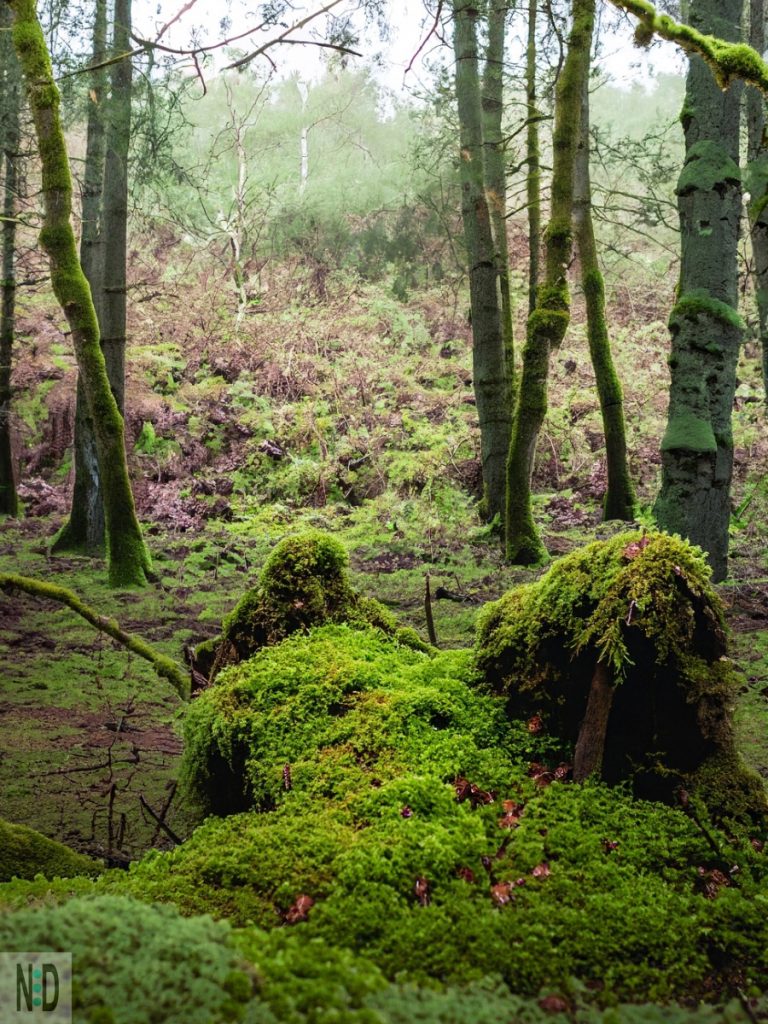
It seems that our weather has taken another turn for gloom and rain. Not sure how most feel; but for me, it has rained too often. From the summer, into the fall.
I ventured out between the rains today. A welcomed break from my computer screen.
When out in the woods I was exploring some sort of lichen when I heard some rustling behind me. It was a couple carrying wicker baskets. I immediately recognized them as the same two hunters that I photographed their mushroom haul the previous spring.
It seemed like everywhere I traveled that spring, I would see them. Which means I hang out in areas ripe for the picking. Pun intended.
Rain Is Good For Mushrooms
There is something this rain is good for. It is good for growing mushrooms. The dead wood and soil gain moisture and it grows many, many, many mushrooms. Right now, the Wisconsin woods are chock full of them.
The two hunting them down in the woods “seemed” to know what they were looking for. I say seemed because I am not an expert and I need you to read everything written on this page to understand why.
How Do Know Know What Mushrooms Are Edible?
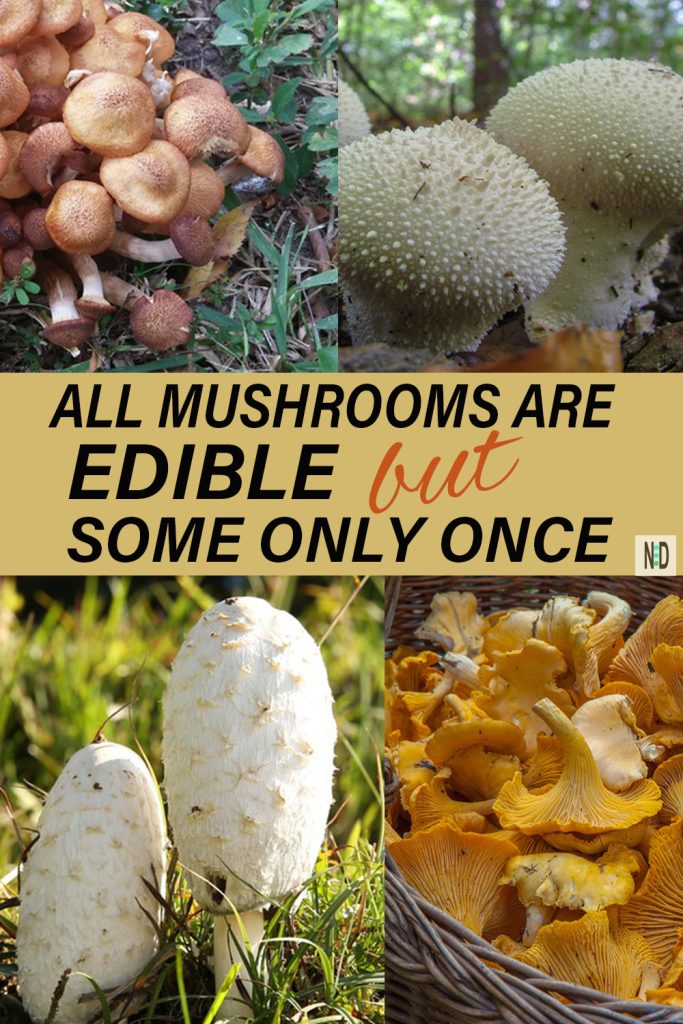
As with any wild mushroom foraging, it is crucial to be absolutely certain of the identification before consumption. Internet sources are not enough.
There are look-alike mushrooms, and misidentification can lead to serious illness or even death. If you are unsure about the identification of a mushroom, it is recommended to consult with an experienced forager, or mycologist, or use field guides specific to your region.
Some individuals may be sensitive to certain mushrooms, even if they are generally considered edible. It’s advisable to start with a small portion if you haven’t consumed honey mushrooms before to gauge your individual reaction.
Midwest Guide Book: Mushrooms of the Upper Midwest: A Simple Guide to Common Mushrooms (Mushroom Guides) Paperback – February 25, 2020 (Amazon link)
It contains most of the Fungus in the region and will not overwhelm you with species that don’t exist in your area. Mushrooms are organized by shape, and then by color, so you can identify them by their visual characteristics.
This book also has very clear photos and descriptions of each mushroom you may encounter.
What Are These?
They were the perfect people to bounce all my questions off of. Starting with what they had collected and how they know what is edible. From there, I have started my research.
Chanterelles
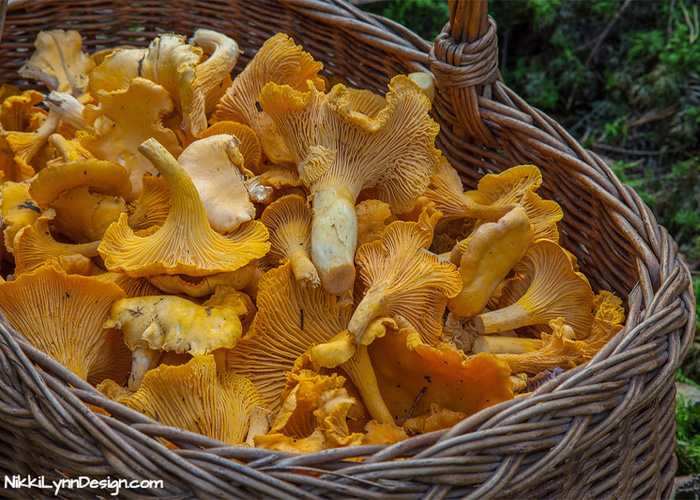
Chanterelles (Cantharellus cibarius)
They told me that these chanterelles are generally ripe and available for foraging during the late spring to early fall months, typically from June to September.
Chanterelles may resemble several other species, some of which are poisonous.
Shaggy Mane Mushroom
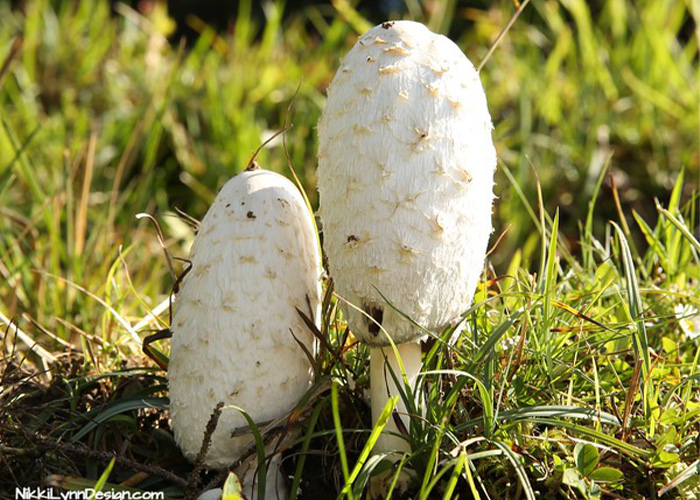
Shaggy mane mushroom (Coprinus comatus)
Shaggy Manes are often sautéed or cooked in various dishes. It’s important to cook them thoroughly before consumption to ensure they are safe to eat.
The mushroom is that it can be used to dye wool and fabrics. Use an iron pot with ammonia and it will produce a bayberry colored fabric. Use a regular pot and a little ammonia and it will produce a green-gray color.
Honey Mushrooms
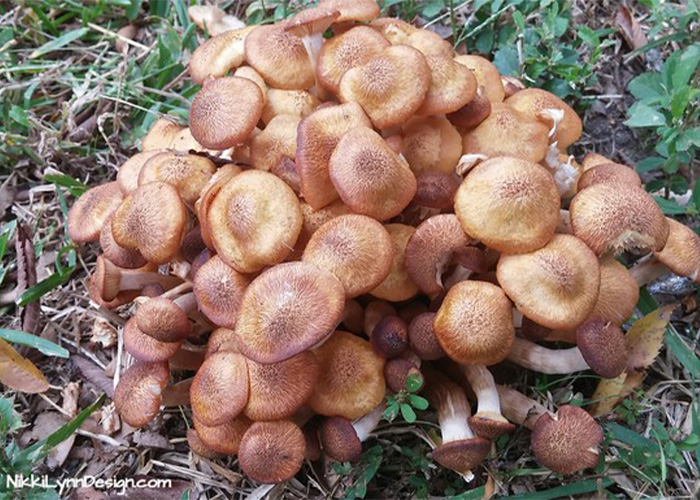
Honey mushrooms (Armillaria mellea)
Accurate identification is crucial because there are several species of honey mushrooms, and some have toxic look-alikes.
Embrace the whispers of the wind, the dance of leaves, and the symphony of nature’s secrets – for in the heart of the wilderness, we find not only the beauty of the Earth but also the reflection of our own untamed spirits
Nikki
Morels
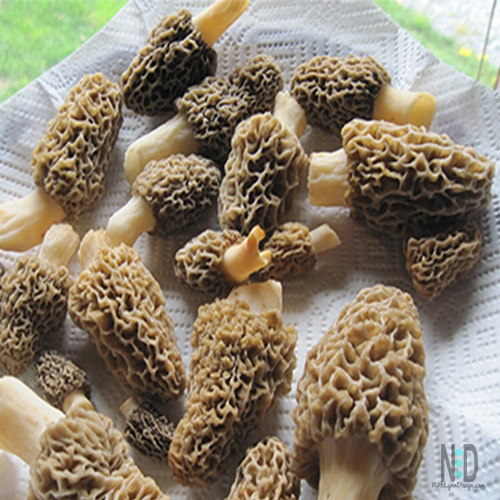
Morel mushrooms (Morchella spp.)
The mushrooms are one of the first mushroom foragers who usually learn to forage. They are highly prized edible fungi known for their distinctive appearance and rich, nutty flavor. They are popular among foragers and chefs alike.
Morels have a unique and easily recognizable appearance. They feature a honeycomb or mesh-like cap with pits and ridges. The cap is attached directly to the stem, and the entire mushroom is hollow.
Prioritize Your Safety
Mushroom foraging can be an enjoyable and rewarding activity, but it’s crucial to prioritize safety, as some wild mushrooms can be toxic. Here are some guidelines to help you safely mushroom forage:
- Educate Yourself:
- Learn to identify the mushrooms in your region. Focus on a few easily recognizable species when starting.
- Use field guides, attend workshops, or join local mycological clubs to enhance your knowledge.
- Start with Easy-to-Identify Species:
- Begin with easily identifiable mushrooms with distinct features. For example, morel mushrooms are a good choice for beginners.
- Consult Local Experts:
- Seek guidance from experienced foragers or mycologists in your area. They can provide valuable insights and help you identify mushrooms correctly.
- Avoid Solo Foraging:
- Go mushroom foraging with experienced foragers, especially when you are just starting. They can provide guidance and ensure you are making safe choices.
- Never Consume Unknown Species:
- Never consume a mushroom unless you are 100% certain of its identification. Some toxic mushrooms closely resemble edible ones.
- Check Regulations:
- Be aware of local regulations regarding mushroom foraging. Some areas may have restrictions or require permits.
- Use Multiple Field Guides:
- Cross-reference information from multiple sources to increase accuracy in identification.
- Learn about Poisonous Varieties:
- Familiarize yourself with poisonous mushrooms in your region. Knowing what to avoid is as important as knowing what to pick.
- Inspect the Entire Mushroom:
- Examine the cap, gills, stem, and any other distinguishing features. Take note of the color, shape, size, and any changes that occur as the mushroom ages.
- Carry the Right Tools:
- Bring a knife, a basket or mesh bag for collecting, and a small brush to clean mushrooms.
- Avoid Polluted Areas:
- Avoid foraging in areas that may be contaminated with pollutants or pesticides.
- Be Wary of Look-Alikes:
- Some edible mushrooms have toxic look-alikes. Pay attention to subtle differences in features.
- Don’t Over-Harvest:
- Harvest only what you can use, and leave enough mushrooms behind to allow for spore dispersal and the continued growth of the population.
- Tell Someone Your Plans:
- Let someone know where you are going and when you plan to return, especially if you are going alone.
- Respect Nature:
- Stay on trails and be mindful of the environment. Avoid damaging the habitat or disturbing other wildlife.
Until next month friends, I wish you peace, health, and happiness!
